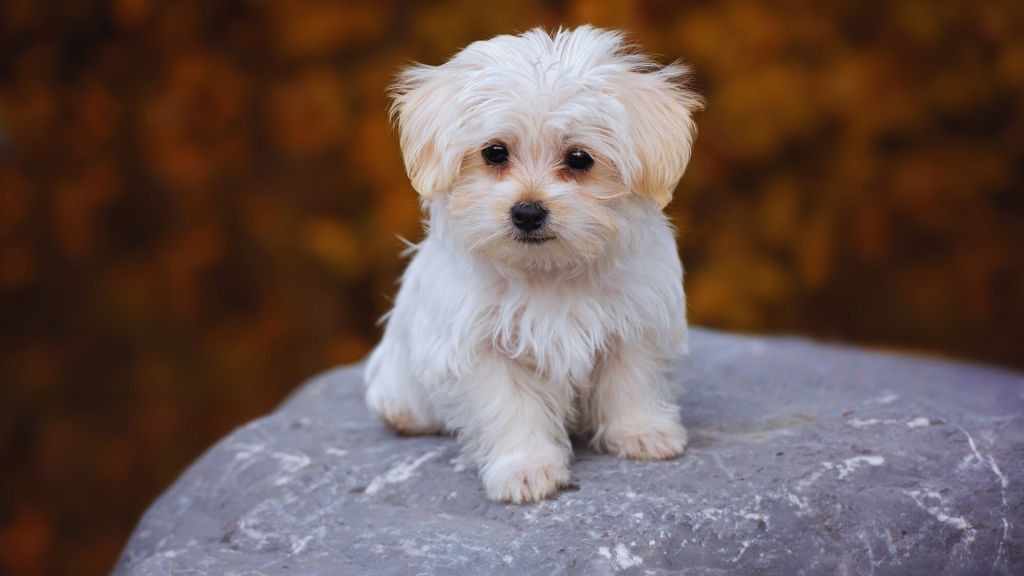Becoming a pet photographer requires a blend of technical skill, creativity, and a love for animals. The key to success in this field lies in mastering composition, lighting, and understanding animal behavior. With the right tools and an eye for captivating moments, anyone can develop the ability to capture stunning images of pets that resonate with their owners.
Aspiring photographers should invest in quality camera gear and learn the fundamentals of photography. Hands-on experience, whether through personal projects or assisting established photographers, can significantly enhance their skill set. Embracing social media platforms to showcase their work will also help in building a portfolio and attracting potential clients.
Networking within the local pet community can open doors to new opportunities. Collaborating with pet stores, shelters, or grooming salons can lead to increased visibility and clientele. With persistence and dedication, anyone with a passion for pets and photography can carve out a niche in this rewarding industry.
Understanding Pet Photography
Pet photography combines technical skill, knowledge of animal behavior, and the right equipment. A successful pet photographer understands how to capture the essence of animals while providing a comfortable environment for them.
Essential Photography Skills
Strong photography skills are fundamental. This includes mastering composition, lighting, and focus.
- Composition: Follow the rule of thirds to create balanced photographs. Positioning the pet off-center can lead to more engaging images.
- Lighting: Natural light is often best. Shoot in the golden hour, either shortly after sunrise or before sunset, to achieve warm, flattering light.
- Focus: Eyes should always be sharp. Ensuring a clear focus on the pet’s eyes can create a strong connection with the viewer.
Practicing these techniques through regular shooting can significantly enhance a photographer’s ability.
Animal Behavior Knowledge
Understanding animal behavior is crucial for capturing genuine moments. A photographer should learn how animals express emotions and react to different stimuli.
- Reading Body Language: Recognizing signs of comfort, agitation, or playfulness helps the photographer anticipate actions and reactions.
- Creating Comfort: Building rapport with pets leads to more authentic photos. Using toys and treats can make animals more relaxed.
- Patience: Animals may take longer to pose naturally compared to humans. Patience is essential for waiting for the perfect shot.
Knowledge of these behaviors aids in capturing candid and heartfelt images.
Photography Equipment for Pet Photos
The right equipment plays a significant role in pet photography. Several key items are particularly beneficial.
- Camera: A DSLR or mirrorless camera allows for better control over settings, ideal for fast-moving pets.
- Lenses: A fast lens (with a wide aperture, such as f/1.8 or f/2.8) allows for good low-light performance and background blur. A 50mm or 85mm lens is suitable for portraits.
- Accessories: Consider using a flash or reflector for fill light. A sturdy tripod can be helpful for stability, especially in low light.
Investing in these tools enhances the quality and versatility of pet photography, leading to stunning images.
Building Your Pet Photography Business
Establishing a successful pet photography business requires careful planning, effective marketing, and strong client relationships. Each aspect plays a crucial role in developing a brand that resonates with pet owners.
Creating a Business Plan
A solid business plan serves as a roadmap for success. It should outline the business structure, target market, and financial projections.
Key components include:
- Business Structure: Decide whether to operate as a sole proprietor or form an LLC.
- Target Market: Identify demographics, such as pet owners in specific locations or those with certain pet types.
- Financial Projections: Estimate startup costs, pricing strategies, and projected income for the first few years.
Regularly review and adjust the business plan as the market or personal goals change.
Marketing Strategies
Effective marketing is critical to attract clients. Start with building a professional website showcasing a portfolio of pet photography work. Utilize SEO techniques to improve online visibility.
Consider these strategies:
- Social Media: Platforms like Instagram and Facebook are essential for sharing engaging pet content and connecting with potential clients.
- Networking: Partner with local veterinarians, pet stores, and shelters to gain referrals.
- Promotional Offers: Launch introductory pricing or seasonal promotions to entice new clients and encourage bookings.
Consistent engagement and updates can foster a loyal online community.
Client Relations
Building strong relationships with clients enhances business reputation and client retention. Excellent communication and customer service are vital.
Focus on:
- Pre-Shoot Consultations: Understand client expectations and their pets’ behavior before the session.
- Follow-Up: After the shoot, provide a prompt delivery of photos. Consider sending a thank-you note to express appreciation.
- Feedback: Encourage clients to share their experiences and testimonials, which can attract new clients.
Transparent communication fosters trust and encourages repeat business.
Practical Pet Photography Tips
Successful pet photography requires careful planning, an understanding of animal behavior, and effective post-processing techniques. These practices enable photographers to capture the best moments and present them beautifully.
Preparation for a Pet Photo Shoot
Before a shoot, planning is essential. Start by choosing the right location. Consider areas that pets are familiar with, like a backyard or a favorite park.
Next, gather necessary equipment. A DSLR or mirrorless camera, a fast lens (such as 50mm f/1.8), and a sturdy tripod are ideal.
It’s also beneficial to bring treats and toys to engage the animals. This helps in capturing their natural expressions and actions.
Finally, check the weather. Overcast days provide soft lighting, while sunny days may require reflectors. Always prepare for unexpected changes by having a flexible shooting schedule.
Photographing Different Animals
Capturing various animals requires an understanding of their unique behaviors. For dogs, action shots during playtime often yield dynamic images.
For cats, patience is key. They may need time to adjust before becoming comfortable in front of the camera.
When photographing smaller animals, such as rabbits or rodents, approach them slowly. Use a macro lens for close-ups to highlight their features.
Always be prepared to adapt your techniques based on the animal’s personality. Each creature is different and may require various strategies to ensure great shots.
Post-Processing Techniques
Editing is vital in pet photography to enhance images. Use software like Adobe Lightroom or Photoshop for adjustments.
Begin by cropping images to improve composition. Adjust brightness and contrast to make the colors pop.
Utilize sharpening tools to highlight details in fur or feathers. When applicable, apply noise reduction for cleaner images.
Don’t forget to consider color correction. Properly balance colors for the environment and the pet’s fur.
Finally, save images in high resolution for prints or online sharing to maintain quality. A polished final product leaves a lasting impression.
Advancing Your Skills
To excel in pet photography, continuous skill enhancement is essential. Focusing on education, networking, and portfolio diversification can provide significant advantages in this specialized field.
Continued Learning
To refine techniques, aspiring pet photographers should invest time in ongoing education. Online courses and workshops specific to pet photography can be incredibly beneficial.
Key areas to explore include:
- Lighting techniques: Understanding natural versus artificial light.
- Composition skills: Framing shots to capture pets in engaging ways.
- Post-processing: Learning software like Adobe Lightroom or Photoshop.
Participating in webinars or local photography classes can provide hands-on experience. Engaging with online forums or social media groups dedicated to pet photography also allows for feedback and sharing of tips.
Networking with Professionals
Building connections with other photographers and industry professionals is crucial. Joining photography clubs or attending pet-related events provides networking opportunities.
Photographers can collaborate on projects, share resources, and gain insights. Engaging with local veterinarians, pet stores, or shelters can also open doors to potential clients.
Networking strategies include:
- Social media engagement: Follow and interact with pet photographers.
- Workshops and seminars: Attend events to meet and learn from experienced professionals.
- Mentorships: Seek out mentors who can provide guidance and feedback.
By fostering these relationships, photographers can gain valuable exposure and advice.
Diversifying Your Portfolio
A diverse portfolio showcases versatility and skill in various styles of pet photography. Focus on different types of pets, settings, and themes to attract a broader clientele.
Recommended approaches include:
- Capturing different breeds: Explore various dog and cat breeds to highlight unique characteristics.
- Thematic shoots: Organize seasonal or holiday-themed photo sessions.
- Action shots: Photograph pets in motion to demonstrate energy and personality.
Incorporating portraits, candid shots, and stylized shoots can enhance a portfolio’s appeal. Regularly updating the portfolio keeps it fresh and aligned with current trends, ensuring it stands out to potential clients.

